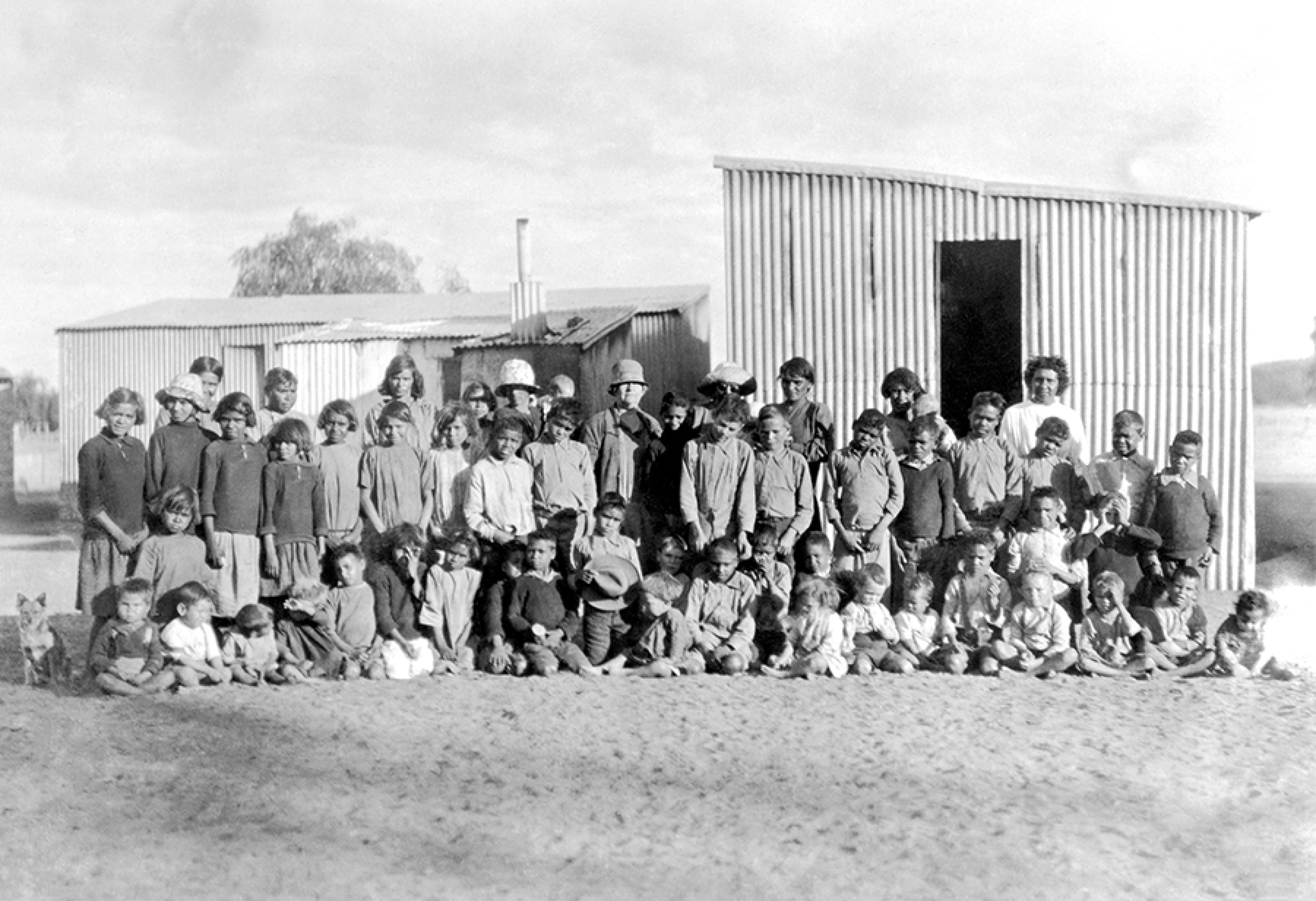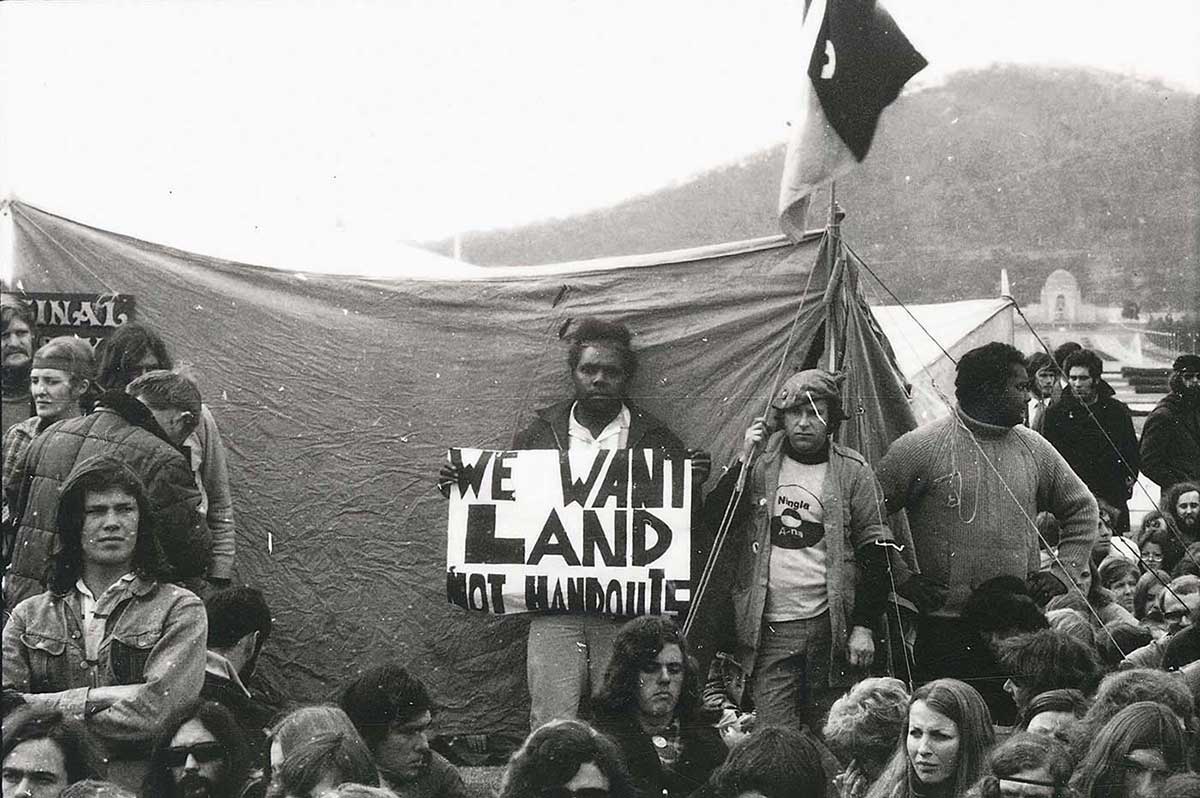Words by Madeline Hayman-Reber (Gomeroi)
What we now call Australia is home to the oldest living cultures in the world, with archeological findings such as the Mungo Man, various artefacts and cave art suggesting that First Nations people have existed on this continent for at least 65,000 years.
If you don’t know much about First Nations histories and perspectives, it’s because they have historically been left out and erased from our curriculums and textbooks. The deliberate erasure of our stories and knowledge systems serves the colonial project. That is, the ongoing colonisation of this continent and surrounding islands.
Common Ground, together with 101 Collins, have put together an educational guide of five things you should know about this country's Indigenous peoples.
WHOSE COUNTRY ARE YOU ON?
Did you know that prior to colonisation there were over 250+ First Nations clans and language groups across the continent and Torres Strait Islands?
Before you continue reading this article, take a moment to discover whose land you live and work on using this interactive map from the Australian Institute of Aboriginal and Torres Strait Islander Studies (AIATSIS).
Check it out here.
THE FRONTIER WARS
The Frontier Wars refers to the slaughter and genocide of First Nations people and groups across the country, following the arrival of British settlers and colonialists in 1788.
Across the country, brutal massacres of First Nations people took place so that the British could expand their colony. While our people fought back as best they could to defend their Countries and communities, the devastating loss of thousands of community members resulted from these wars.
Some notable examples of this include the Myall Creek Massacre, the Waterloo Creek Massacre, and the Coniston Massacre, just to name a few.
Each of these was as brutal as the next, with colonists wiping out almost entire communities and language groups of First Nations people across the country.
You can see in full scale the extent of these massacres by viewing the University of Newcastle Colonial Frontiers Massacre Project map here.
THE BLACK WAR OF TASMANIA
While it can be classified as part of the Frontier Wars, the Black War, also known as the Tasmanian War, deserves a mention of its own due to the sheer brutality and force used against First Nations peoples across the state.
Occurring from 1804 to 1830, the Black War was started by British colonists in an effort to exterminate Aboriginal peoples across the state. In the beginning, it was a military detachment that opened fire on a group of Aboriginal hunters, resulting in growing resentment and bitterness between settlers and First Nations Tasmanians.
As it went on, many Aboriginal people and women were raped, murdered, and tortured.
Towards the end of the war, pastoralists and settlers formed a line down the middle of the state, referred to as the “Black Line”, to further rid their lands of Aboriginal people.
THE STOLEN GENERATIONS
The Stolen Generations refers to the many generations of First Nations people who were forcibly removed from their homes, families and communities and placed in the custody of the state and territory governments across the country between 1910 and 1970.
This occurred to children who were referred to as “half-caste”, a now extremely offensive term, meaning children who were deemed not to be “pure-blood” Aboriginal people. These children were removed due to the belief that they could eventually assimilate into white society, while “pure-blood” children would eventually die out.
During the process of removal and whilst in care, many children suffered at the hands of the government and the catholic church, not only being separated from their families and communities, but often physically and sexually abused.
Psychological abuses of our people also occurred in the way our cultural knowledge, connection to Country, languages and belief systems were replaced with a whole new way of life, deeply impacting the sense of self of many, and leading to a huge loss of our cultural knowledges as a whole.
The long-lasting effects of the Stolen Generations continue today in our own generations. This is known as intergenerational trauma.
STOLEN WAGES
There is a common misconception that Australia does not have a history of slavery, which is comparatively well-known and well-documented historically in countries such as the United States.
In Australia, what is known as “stolen wages” is a quintessential part of history alongside the Stolen Generations, whereby the control of paid salaries for work undertaken (often forcefully) was held by state governments, essentially taking away the autonomy of First Nations people.
In Queensland alone, it is estimated that over $500 million is owed to the First Nations people who were victims of this colonial regime, yet only $190 million was paid out by the state government following a class action by victims and families of those who unfairly had their wages taken and withheld from them, or never paid at all.
IN CONCLUSION…
These historic events only touch on the amount of pain and suffering First Nations people have experienced during our shared history.
However we have a lot of successes in the face of adversity, and we are proud, strong and resilient peoples.
To read more about our histories, cultures and peoples you can visit the Common Ground website.

